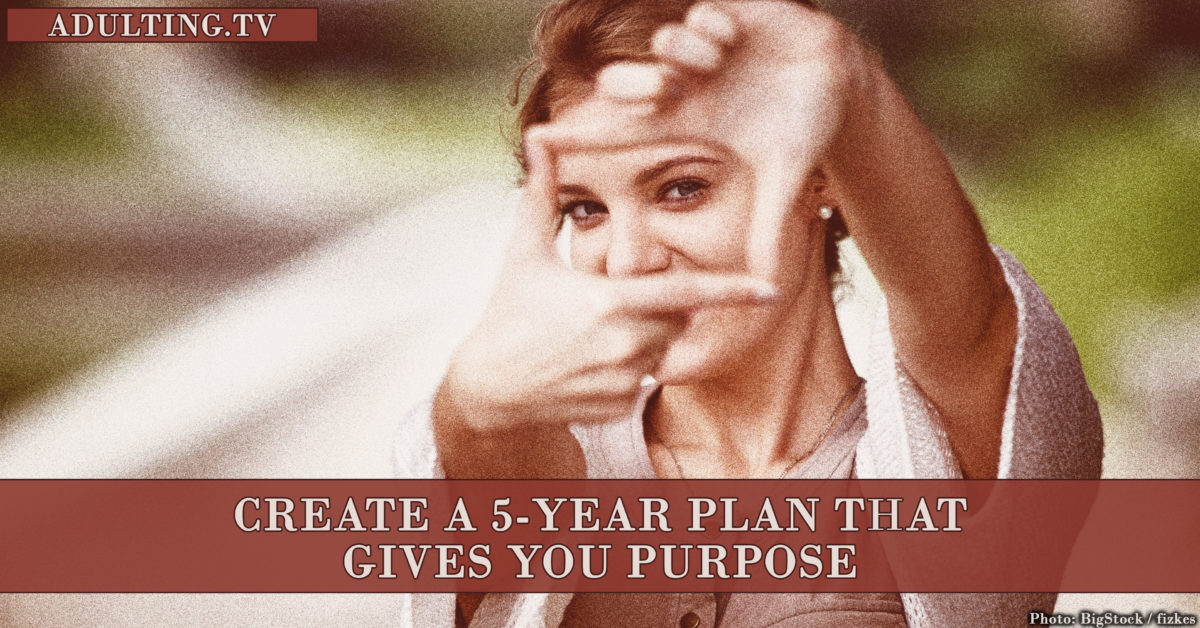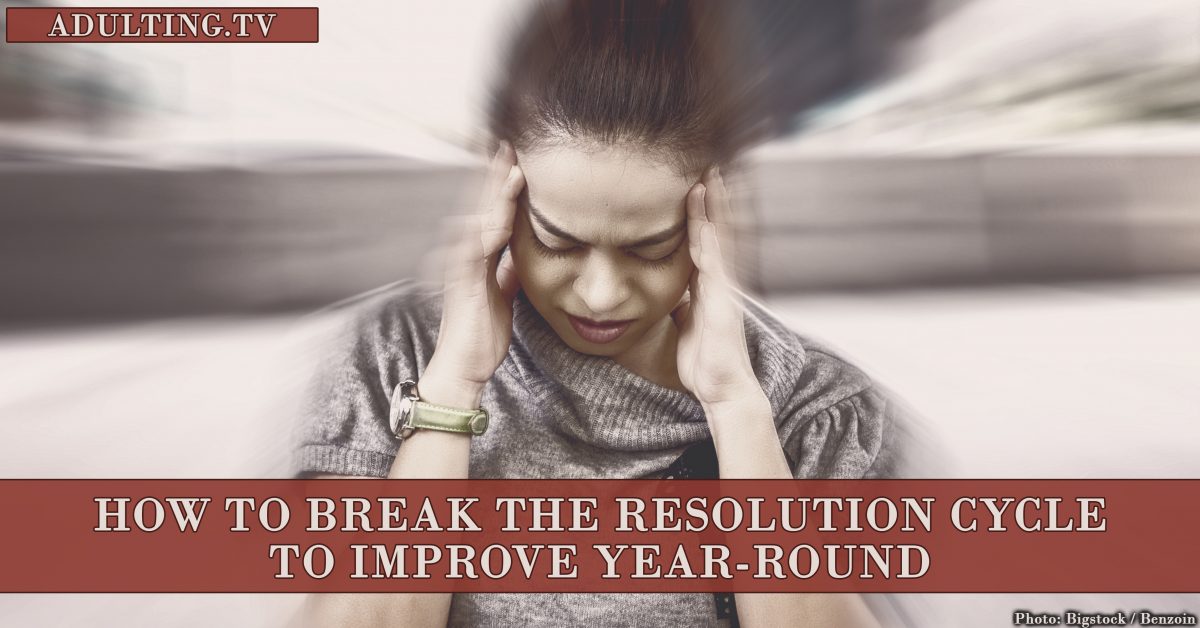Every single time I look at my phone or laptop, I’m amazed by the feeling that the world is at my fingertips. Social media influencers are always sharing stories about dirt bike riding in Moab, wandering the streets of Paris, and backpacking through Morocco. It almost feels like you’re being taunted continuously about all of the amazing experiences you could be having.
It doesn’t have to be that way.
The moment that you become excited about travel and exploring the world outside of your town is the moment that you should travel. And, let’s face it, now is an incredible time to see the world. “Your ‘now’ is whoever is reading (this post) at whatever point in time you’re in, in your life.” Mark Zmarzly.
And, if you decide now is the time for you to travel, you’ll be joining record numbers of Americans stepping outside our country’s borders.
7 reasons why now is the best time to travel the world.
1. Americans Are (Finally) Getting Passports – Due to the recent enactment of the Western Hemisphere Travel Initiative, Americans who would like to leave the U.S. (even to go to Canada) must have a passport. As a result, more Americans than ever have requested and have been issued a passport. Having a passport increases the potential for travelers to embrace overseas travel.
2. Social media influencers share great tips, tricks, and ideas for traveling to different locales around the world. Travel guides are created to make new countries accessible and easy to explore, and even amateur travel videos are designed with the novice traveler in mind. Influencers have made travel to foreign countries feel approachable to people who may have been concerned about overseas travel.
3. Specialized travel communities – If you’re nervous about traveling as a POC (person of color) as a single woman, or a person with physical challenges, there are communities that have been created to help you travel safely in the country that you’ve been dreaming about.
- Travel Noire – A community created to encourage, inspire, and organize African-American travelers. Their photos on Instagram are drool-worthy.
- She Roams Solo – A community created for female travelers who would like to connect with other travelers exploring the world on their own or looking for like-minded people to join in the journey.
- AccessAnything.net – Is a resource to help connect travelers with disabilities with resources related to travel around the world.
4. Travel is More Affordable-You don’t have to be a millionaire to travel around the world. You need a strategy, a budget, and the strength of your imagination. The average traveler can now fly on budget airlines that offer affordable and safe flights overseas. You do have to be careful of the amenities add-ons that can increase the price of your tickets. But, it’s not unusual to pay $500-$800 round-trip to fly to Europe depending on where you live in the country.
5. The Sharing Economy – Travelers no longer have to stay in expensive hotels once they arrive in their new town. They can stay in an Airbnb and other variations of home sharing that keep their trip expenses low.
6. Food Familiarity – It seems like a small thing, but, travel is a lot easier for us because we have a passing understanding of what other countries eat. We may enjoy an Americanized version of the country’s food, but we typically can find something new to eat in the place that we’re visiting.
7. You’re Excited About Travel Now – If you’re reading this post filled with travel tips and other travelers’ experiences, it’s highly likely that you’re excited about traveling NOW. If that the case, it’s the time to optimize your enthusiasm and begin planning your trip.
Bonus Reason – Technology makes it easier for your nervous loved ones to get in touch with you while you’re having an incredible time in a new country. You’re just a Facebook, Instagram, SKYPE, Text, or What’s App message away.
If those seven reasons above aren’t enough to inspire and motivate you to plan your next (or, first trip) maybe the following reason will: life changes fast. You may end up in a relationship with a partner who hates travel, political situations may change, and the once open country you loved may become a scary place to visit Or your student loans are now due, and you have to focus on paying off debt. Life changes faster than you expect and often you have to grab opportunities when they present themselves because they might not present themselves again.
In fact, when I was in high school, I fell in love with the French language. I studied it, belonged to the French club, and even remember going to see Les Miserables at the Denver Center for the Performing Arts.
It would be safe to say that I fell in love with the romance of the idea of France and Paris in particular. But, at the time I was too young to truly imagine the possibility of being able to visit Paris. Instead, I followed a time-honored tradition and headed to university thousands of miles across the country to begin my first foray into adult life.
I loved it.
As I adjusted to attending a school that I’d never visited before I was exposed to how the other half lived. Let’s face it, I was a hick from Colorado and found myself meeting people who were traveling abroad during school breaks. My classmates would return with tales of adventures in Europe, ski trips, ironically in Colorado, and quick getaways to Asia.
What next?
As I struggled to survive my college experience, working in food services so that I always had food to eat, the urge to travel was forever at the back of my mind – but it wasn’t the right time. Nearing the end of my college career, I found myself completely confused about “what next.”
While I wasn’t the first person in my family to graduate college, I was one of the first to attend in the traditional sense, right out of high school. Upon graduation, I returned home and floated around like many kids who still had no clue what was next. And, it was at that moment that I decided to travel to Europe for the first time.
There was a sense of urgency because I understood that life happens and as a single woman with no kids, the best time to travel the world was ‘now’.
So I did.
I spent months agonizing over what my itinerary would be, how much I would have to pay, what visas I might need and more. I picked up extra work shifts at the retail store where I was working and zeroed in on my goal with laser-like focus. Here are a few ways I stayed focused and excited about my trip:
- I watched television shows about the places that I wanted to travel to.
- Believe in Vision Boards? Mine played a massive role in keeping me focused and excited about my upcoming trip.
- Do you have a journal? I wrote in mine often to work through any doubts that I may have had about my trip.
By staying focused I was able to meet my goal of traveling to Europe, and it was glorious! I lounged on the beaches of Barcelona in the moonlight, explored Amsterdam by foot, and reconnected with European friends.
These tips are helpful to anyone planning their first trip. Especially if you’re surrounded by people who don’t get why anyone would want to travel to a foreign country.
What if you’re kind of broke?
Don’t let being a little short of cash keep you from traveling the world. I spoke with some non-traditional Millennial and GenX travelers about how they strategized their foreign travel with (gasp) kids.
Mark Zmarzly never really traveled. In fact, he never really traveled outside of his home state of Nebraska. He had an opportunity to travel to France for a few weeks in high school and was planning to go until he changed his mind. When I spoke to him, he still seemed a bit puzzled by that decision. Then, his life continued, like lives do. He got married, had a few kids. And, then, one day he and his wife decided to visit Colorado for a week with the kids. Because let’s face it, each state is like its own country.
Then one day, he and his family decided to visit Wisconsin for eleven days. Each consecutive trip became longer as they became more confident about traveling around the world. Mark’s family then had the opportunity to visit Ireland for a month. When I interviewed him for this post, he shared how he and his family had recently returned from living in Australia for six months after he won a business grant for entrepreneurs.
I also spoke with Melissa, owner of the blog Traveling Wallet. She shared her desire to return to Ecuador and El Salvador, the two countries that her family is originally from. Her story is a little different from Mark’s as she visited those countries as a child and lived in one of them briefly as well.
But, life happened.
She went to university, got married, had kids. But, she kept thinking about visiting her family’s home countries. Then, she and her husband decided to move from California back to his home state of Michigan, and that’s when the opportunity presented itself for them to travel.
They decided to add a two month trip to Central America before settling down in Michigan permanently. Here are some things they had to figure out before going:
- Budget – Their budget including factoring in how long her husband would need to find a new job in Michigan. It took a little longer than they originally anticipated for him to find a new job when they returned to the United States. Fortunately, they had factored that into their budget.
- Accommodation – They opted to stay with relatives for the majority of their stay while they were in Central America. But, they still ended up covering some accommodation costs.
- Flights – They were able to travel hack their airfare by opening two credit cards and strategically hitting the spending threshold to earn their mileage points.
Once they figured out their strategy, they began saving their money and enjoyed an incredible two months in Central America.
Lessons from these two families.
There are several lessons to be learned from these two couple’s stories. And, they apply to anyone (single or part of a family).
- Start Small – Mark made the point that he and his family decided that they wanted to travel, but chose to start small. That small initial trip to Colorado helped them work through the following: figuring out their travel logistics, how to save for a trip, finding accommodation, and building confidence to travel to an unknown locale.
- What About Work? If you travel for work, make a point of asking if the mileage points accrued can be added to your mileage account. You can then use that mileage when purchasing tickets for your next trip.
- Business Travel – Add vacation days (if able) to the end of business-related travel trips. Since you’re already out of the office, see if it’s possible to add some vacation days to your trip and explore the town that you’re in.
- Travel Hack – This strategy to earn mileage points is not for everyone. But, if you pay your credit cards in full every month, this may be a way for you to accumulate miles towards your next trip abroad. Travel hackers spend time looking for credit cards that offer excellent airline mileage sign-up bonuses for new members. Once you’ve added up your points book your trips and go! There are a number of communities and resources that help people with how to travel hack, spend some time doing research to make sure you find a reputable and honest resource.
If now is the time you would like to travel, begin working on your plan. And, if you’re still not convinced that now is the best time to travel the world, here a few more actions that you can take to make your trip around the world happen.
5 more actions to take.
You can take to make your dreams of international travel happen before it’s too late.
- Join a program! When I was 27 years old, I joined an international cultural program called “Up With People.” It was a multicultural program where we traveled around the world, stayed with host families, performed a musical, and participated in community service around the world. The best thing about joining a program aligned with my interests was that I didn’t have to do any of the trip logistics. All I had to do was pay for the program and show up the first day. They took care of creating my travel experience, my flight details, accommodation, and facilitating my experiences when I arrived in each country.
During that year I traveled to 21 states, Norway and Japan. I’m still in touch with the people that I traveled the world with during that year, and it was an incredible experience for me. No, I wasn’t building my career in a traditional sense, but I was developing my cultural competency which is an area where a lot of business people struggle.
- Work Abroad – The younger you are the easier it is to find a program to work abroad. There are certain countries constantly looking for English language instructors, and if you’re open to working while you travel, this is a fantastic way to afford your travels. Almost every non-English speaking country has businesses that focus on teaching students to speak English. Be aware that they may prefer British English to American accented English, but, there are plenty of jobs out there.
- Look for Grants and Scholarships – Don’t leave money on the table. Spend time searching for grants and scholarships created with you in mind. Mark Zmarzly has researched and found three business grants with the most recent one enabling him and his family to live in Australia for six months. There are unclaimed scholarships and grant money waiting for you to find them.
- Build an Online Business – 2018 and beyond is a fantastic time to build a digitally based business. It’s a pain to grow any business, but online business is great because you can work from anywhere as long as you have decent internet access. Love to write? Become a freelance writer, enjoy being a part of a team? Virtual Assistant work may be where you should lend other entrepreneurs a hand.
There is a ton of money out there waiting for you to find, earn, or claim it. If now is the time for you to travel the world, don’t let lack of money be the reason why you decide not to travel.
Every person’s “now” is subjective.
Traveling the world doesn’t mean that you have to go to 17 countries in 17 days. You could visit one country for a week, and that would count. Or, you could use your typical vacation time and go somewhere new.
You get to decide what your world travel looks like. There are no hard and fast rules. Don’t believe me? I thought I would share some of my past travels and how they were perfect for the moment that I was traveling in.
My first trip to Europe I worked like a dog at a retail store for months and saved up so that I could experience Europe in all of its glory. My trip to Europe was the only thing on my mind. I still made time to live in the moment, but I was focused on one thing and one thing only – getting the hell out of dodge and doing something that felt so beyond my reach.
Traveling to Europe felt like something that only “rich people” did. Not, regular people like myself. I had to prove that I could do this one thing and ended up traveling during different seasons of my life and discovering that each time had its own unique set of challenges.
Each trip was a reflection of a different point in time and a different “now” moment. Here are examples of other trips that I’ve taken, and I noticed that my experiences were similar to Mark and Melissa’s experiences.
- Three Weeks in Argentina – I used to work at a university and had accumulated a lot of vacation time. As a result, I decided to study Spanish for three weeks in Argentina. That trip was a wonderful break from my regular work life. I partied, ate a ton of Argentine beef at different asados (BBQs) met terrific people, traveled to Iguazu Falls, and lived my “best life” for three weeks in a foreign country. That was the time that I had that year, and I would never change that experience.
- Three Weeks Studying in France – When the opportunity presented itself I decided to take a French course in Amiens, France. Again, it was the right time for that trip. Again, I increased my cultural competency, met amazing people, and even got to explore Jules Vern’s house (he wrote 20,000 Leagues Under the Sea) and crept around in the hidden room that he had installed in his house.
- Two Months in Australia and Hawaii – Similar to Melissa and her husband, a job change gave me the opportunity to go “Down Under.” I’d always wanted to visit Australia and Hawaii, but there was no way in hell that I was going to go for just two weeks. My career change presented the chance to visit for as long as I wanted to, and I decided to go for two months. It was a once in a lifetime experience, and I’m glad that I recognized that was my “now” moment to travel to Australia.
- Six Months in Paris – If you’re a Francophile then you must watch the movie “Sabrina” specifically the version starring Audrey Hepburn. There is a moment in the movie when she reflects that “I went for long walks and I met myself in Paris.” I, too, met myself in Paris and I took a lot of long walks around the city. Incredibly, I was about to spend six months in Paris spending a measly $4,000 for everything including studying at the Sorbonne. I even found a job with housing and am amazed at how I was able to make that trip happen in the way that it did.
For each one of these trips, I would have an inexplicable urge to travel. In fact, it felt like I was consumed by the idea. Each time I decide that “now” was the time for me to travel and explore the world that urge became my #1 focus until I was able to complete my mission.
If you’ve been on the fence about traveling abroad because of money, age, or family hopefully the examples shared gave you some encouragement and inspiration on how to travel the world. If you keep daydreaming at work about going somewhere new, meeting interesting people, and experiencing different cultures, stop dreaming. Take action, create a plan, and embrace the world that awaits you.
“Dare to live the life you’ve always wanted.” Unknown
Now is the best time to travel the world. There is never a perfect moment to explore the unknown. Travelers embrace that risk and let the chips fall where they may. Remember that the world begins right at your doorstep.
Start small.
If you’re American, you live in an enormous country made up of 50 very different states. And, each state has its own energy, regional foods, weather, and people. You could spend the rest of your life just exploring the United States, and you don’t need a passport to do it. If you’re not sure where to start, here are a few suggestions:
- Go sand boarding in Southern Colorado at the Great Sand Dunes National Park. Home of the largest dunes in the United States.
- Visit Yellowstone National Park one of the world’s greatest natural wonders. Just make sure that you avoid falling into one of the park’s boiling hot springs-you’ll die. Instead, enjoy watching the buffalo run across the prairie and watching Old Faithful shoot into the sky.
- Wander around the French Quarter in New Orleans stepping into dark jazz clubs filled with the energy of years gone by.
- Dance the night away in Miami after a day relaxing at the beach sipping on a refreshing drink.
- Drive down the Pacific Coast Highway in California and experience the awe-inspiring beauty of the Pacific Ocean as the sunsets.
- Sample wines in New York’s Finger Lakes region. Yes, New York does have a wine region and it’s beautiful.
- Eat your way through Portland, Oregon. Home of some of the best food in the United States.
- Gaze silently at columns hanging in the National Memorial for Peace and Justice and meditate on the tragedy that this memorial commemorates.
Now is the time to travel the world and you can begin seeking out new places one low-cost airfare at a time. So I ask, what are you waiting for? The world is out there. Visit your relatives if they’re not crazy, take a road trip with your best friends, or take the train across the United States.
Couch surf your way to savings, become a house sitter or pet sit someone’s fur baby in exchange for free room and board. Pick up extra shifts at work, find a side-hustle, and ask around to see if someone has mileage points that they won’t be using that you could use. My mom had a fight benefit that I was able to use to fly to London for a $100 round trip. She didn’t work for the airline that long, but it was long enough for me to get a cheap ticket to London.
Eat, Pray, Love your way to self-realization in New York’s Little Italy. Become better connected with your “Wild” self as you hike the Pacific Crest Trail or a trail similar to it that happens to be in your state. Instead of being dreaming about your secret life like Walter Mitty, go out and live your life in technicolor.
Go before it’s too late.
Don’t let your dreams fade as you deal with the boring daily tasks of living your adult life. Now is the time to go because crazy stuff always happens. Countries change leaders, your family has a financial emergency, and then the possibility of travel may slip away.
Don’t let that happen.
Paying bills, going to work, and focusing on your responsibilities will never end. Fortunately, you can be an adult and live your best life. Remember, you’ll only be as young as you are today…today. Dream big, save your money, sell your shit, save your money, and go.
Have some good travel tips? What interesting places have you visited? Let us know in the adultingHALP Facebook community.


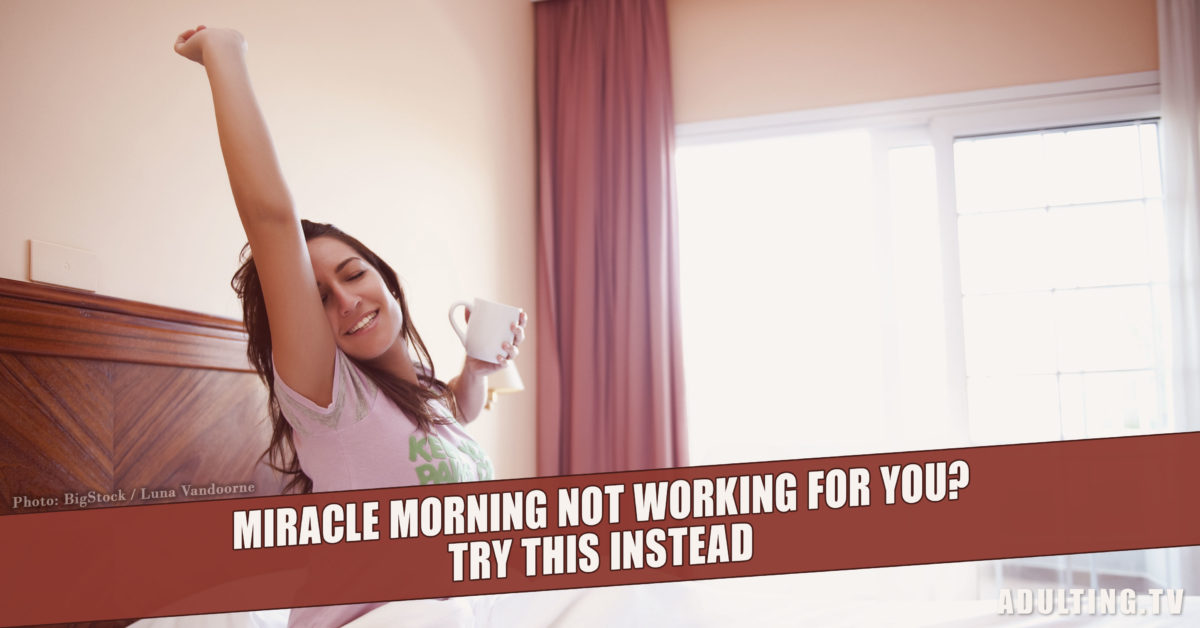

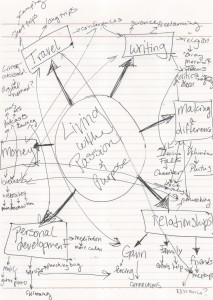

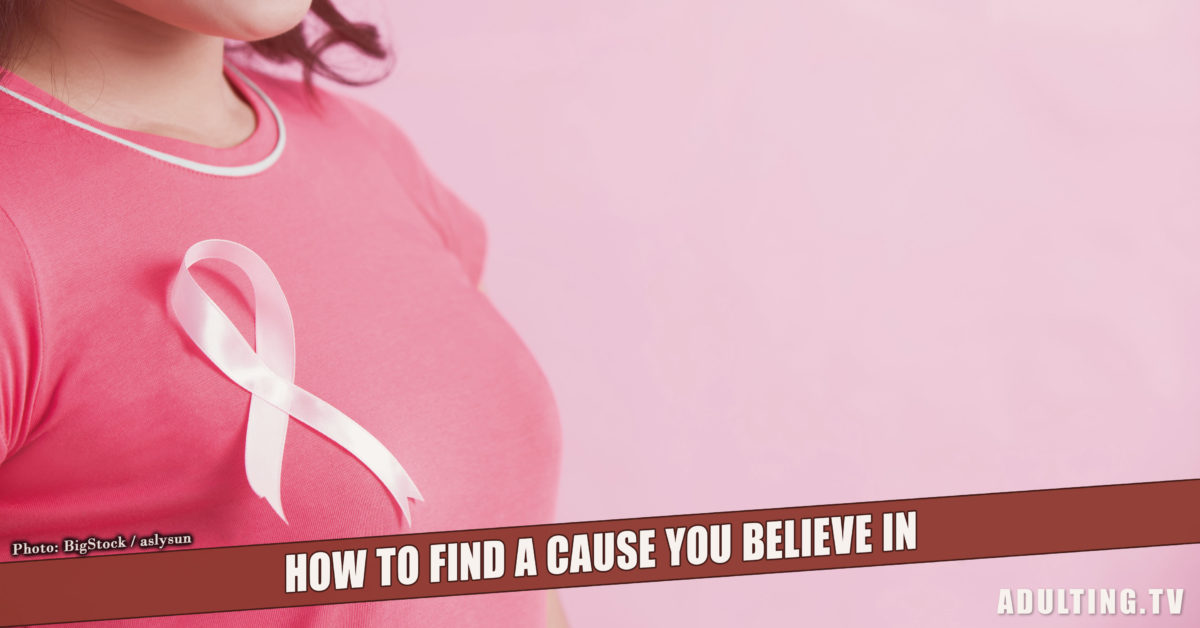

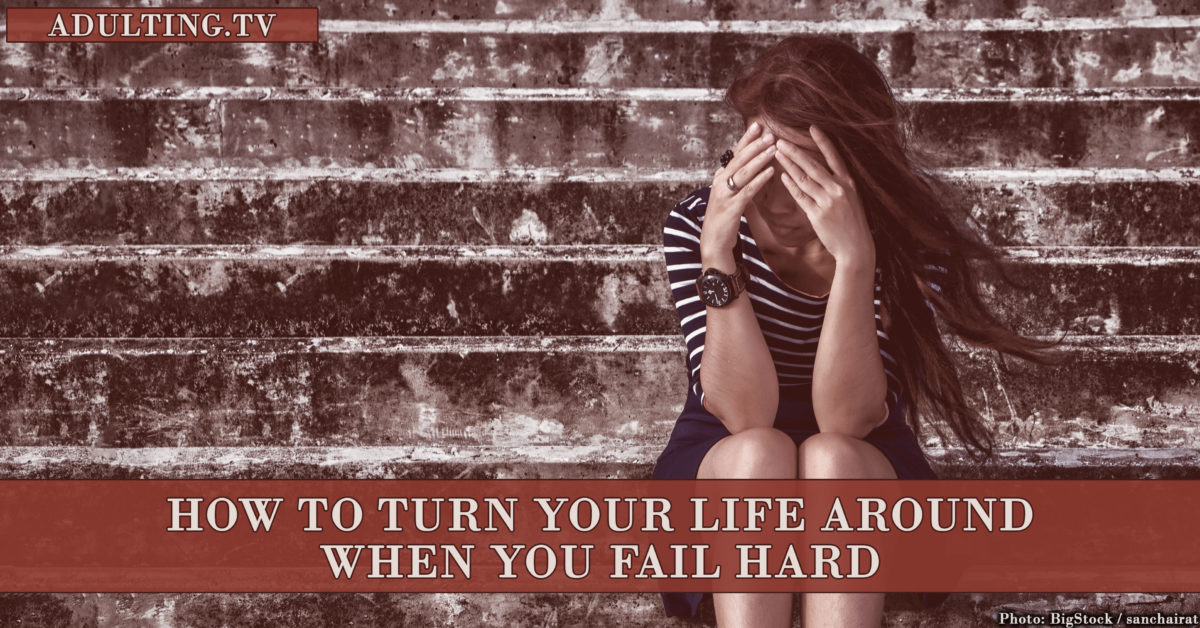
![[B031] Improve Your Confidence by Accepting Bold Challenges ft. Martin Dasko, Studenomics](https://adulting.tv/wp-content/uploads/2017/06/martin-dasko-1200x628.jpg)


